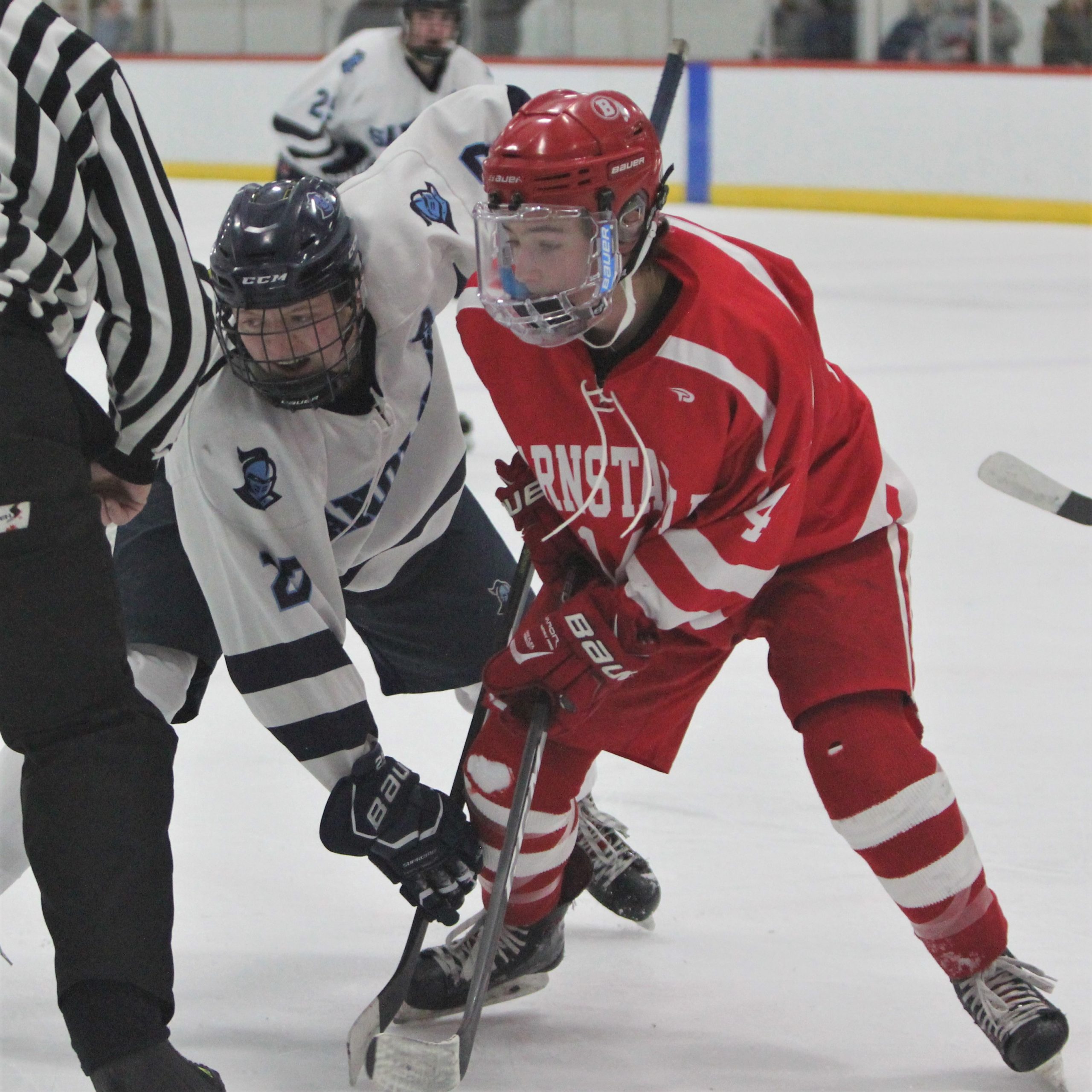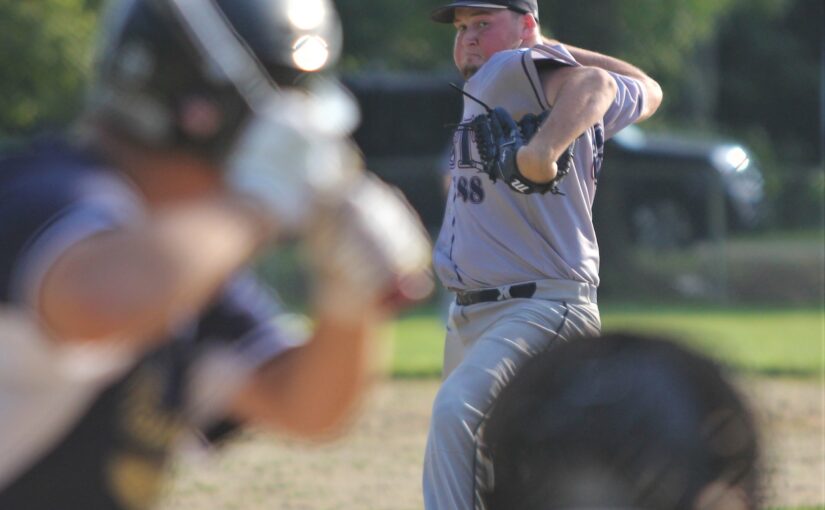Offensive-Zone Faceoff Adjustments Headline Hockey Rule Changes
This alteration to faceoff protocol, which has been moved from Rule 9-1-10b and is now the new Rule 9-1-9e, was the most notable rule change recommended by the National Federation of State High School Associations (NFHS) Ice Hockey Rules Committee for the 2022-23 season. All three of the committee’s proposed rules changes were compiled at its annual rules meeting held April 25-26 at the Conrad Hotel in Indianapolis and have since been approved by the NFHS Board of Directors.
 “The rules book is in a really good place and the committee continues to commit itself to improving high school hockey while minimizing the risk for participants,” said Dan Schuster, NFHS director of educational services and liaison to the Ice Hockey Rules Committee. “The committee wanted to decrease the contentious situation that many times is created between coaches and officials when a puck is deflected out of play with multiple sticks in the area. It is very difficult to determine who touched the puck last.”
“The rules book is in a really good place and the committee continues to commit itself to improving high school hockey while minimizing the risk for participants,” said Dan Schuster, NFHS director of educational services and liaison to the Ice Hockey Rules Committee. “The committee wanted to decrease the contentious situation that many times is created between coaches and officials when a puck is deflected out of play with multiple sticks in the area. It is very difficult to determine who touched the puck last.”
Under the previous ruling, faceoff placement following an instance where the puck went out of play in a team’s offensive zone was determined by which team touched the puck last. For example, if a puck deflected out of playoff an attacking player while that team was in the offensive zone, the subsequent faceoff would take place outside the offensive zone, creating a disadvantage for the attackers. Thus, these determinations had the potential to create friction between coaches and officials, especially when multiple players and multiple sticks were near the puck prior to it leaving the playing area. The adjustment to this rule simplifies these situations and removes the possibility of contention between coaches and officials.
A similar change was made to Rule 9-8-4, which deals with pucks – other than the puck officially in play – entering the playing area and interfering with game progress. In this scenario, “play shall be stopped immediately, and the puck shall be faced off at the nearest faceoff spot in the zone where play is stopped.”
Rule 8-4-1, another rule that addresses “Interference with the Game,” was also revised to include more detail on the types of interference that may occur during gameplay. New portions of 8-4-1 are italicized in the following excerpt:
“In the event that objects that interfere with the progress of the game are thrown onto the ice, a whistle is blown by a non-official, or other fan interference, the official shall blow the whistle and stop the play, and the puck shall be faced off at the nearest faceoff spot in the zone where play is stopped.”
» ALSO SEE: THSCA Partners with Eccker Sports to Help Understand NIL
According to the most recent NFHS High School Athletics Participation Survey, more than 35,000 boys participate in ice hockey in 1,638 high schools across the country, and more than 9,600 girls participate in the sport in 642 schools.
A complete listing of the ice hockey rules changes will be available on the NFHS website at www.nfhs.org. Click on “Activities & Sports” at the top of the home page and select “Ice Hockey.”







